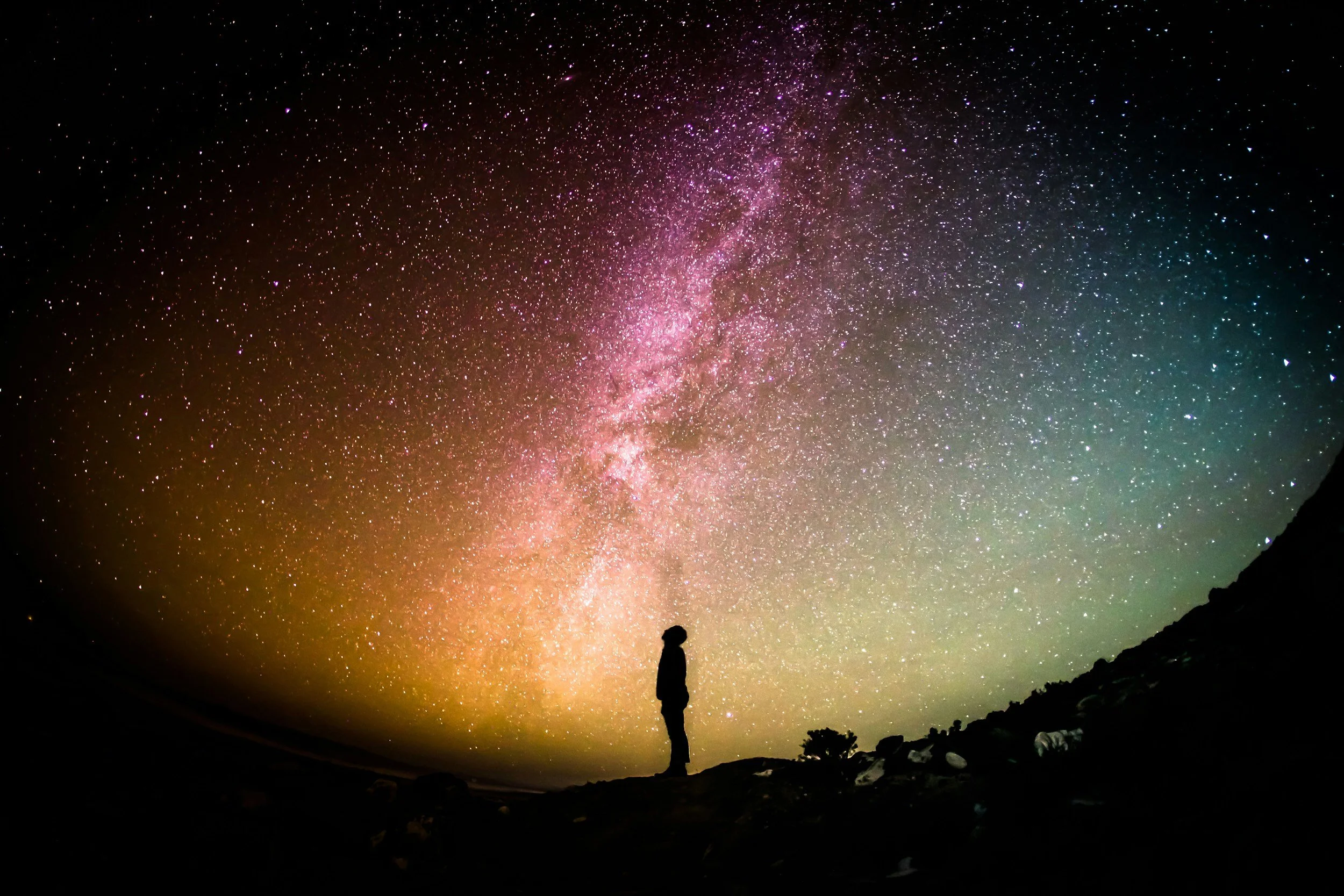Addendum to The End of Hope...
Upon reading the End of Hope series I realized I had not yet really dealt with the question of “What is the hope of art?” Where is are really taking us? Without judgements at this point I simply want to reflect on what people say.
Some say art is almost “free therapy” for the artist. In other words, it is the artist’s diary, a place to work out “issues” going on inside them. Whether these will translate accurately to others (or should) is a great question.
Others say the artist is “on the hook” so to speak as a public figure. Being an “artist” does not excuse them from responsibility. They can not simply do whatever they want in the name of artistic impulse. Art creates responses and has effect.
Still there is a third category that somewhere in the tension say art is a very personal thing for the artist but, as a public artist, there is a need to say something coherently to the the public. Somehow the artist must translate meaning.
That really must be done in the “live performance” of the piece. No matter how great a project is it is nothing until consumable by the public. It has to be shown, played, somehow experienced. The work must be brought to live.
In classical music for instance the whole concert is there on the pages. It never really goes away. But not until there is an orchestra worthy of playing the music on those pages does it really become a reality, a tangible experience.
With recorded music it is unique because when the recording is played it is considered a public performance. The music is experience-able in a very directed environment. The public legitimately and in very personal space can listen to the music.
For some reason the recorded music drives us to want to hear a “live” or shared experience of the music. It is a chance for us to experience the music with others in public space. Here music transforms into something more than a recording.
The public experience of music is really where its power and momentum can be felt. If done well people can truly be transformed, empowered, informed, motivated. They can experience the music and what inspired the music for themselves.
There is no way around the power of large groups of people singing together. Even in today’s ultra-party culture something sacred still happens. There is an enormous power released. For many people it is the only time they experience shared singing.
Of course there are so many things that go into making such an experience possible, not least of which is having some sort of visual aesthetic (be indoor with lights or outdoors with natural beauty). That also contributes to this sensation.
In the end the public performance of art is its intended purpose. It is and always has been a public experience. From the astute art galleries of the world to the outdoor music festivals art is a fundamental human experience meant to be enjoyed together!
